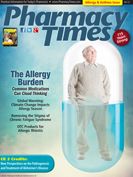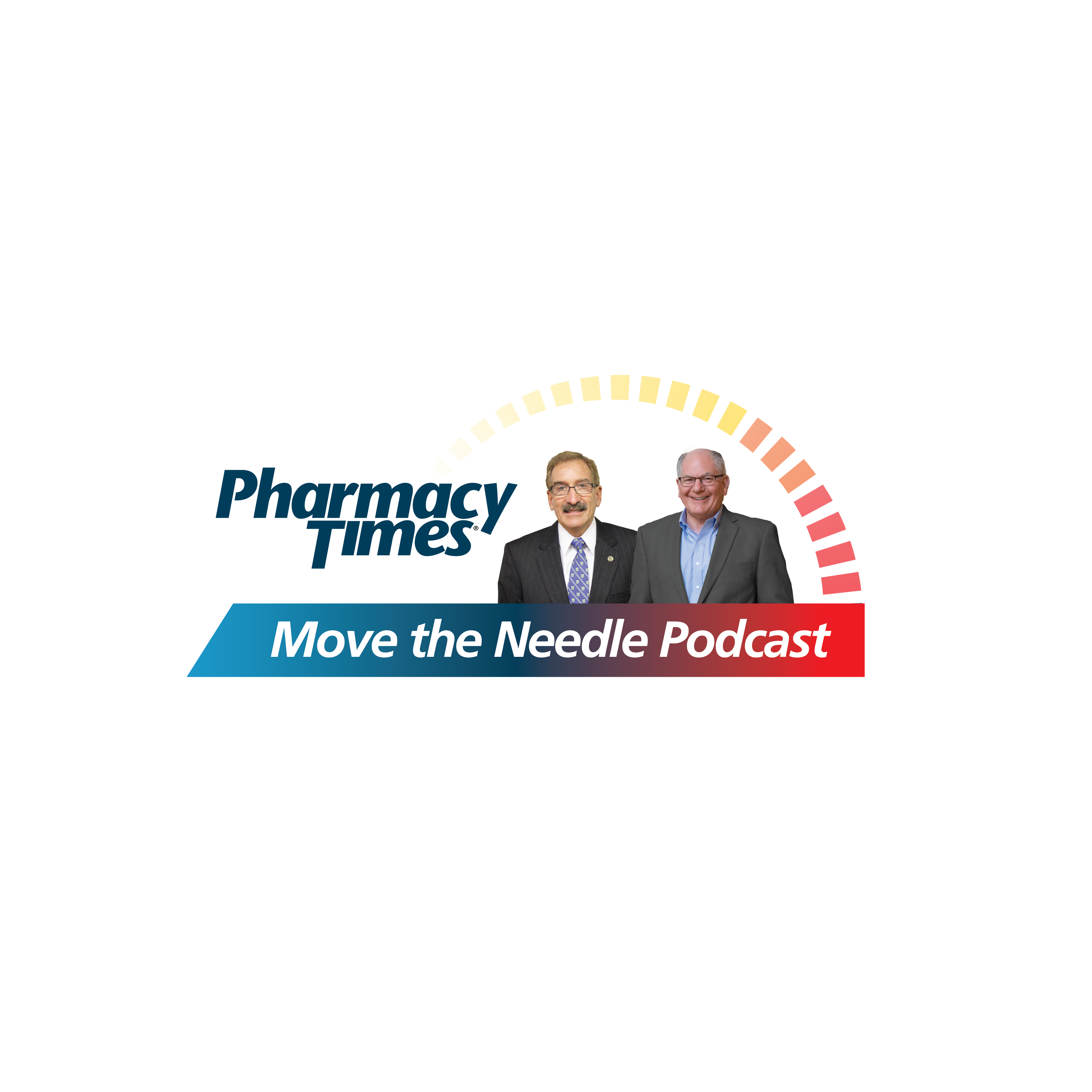Publication
Article
Pharmacy Times
Generic News
GPhA Commends GAO Report on Vital Role of Generics in Lowering Costs
The Generic Pharmaceutical Association (GPhA) applauded a new report from the Government Accountability Office (GAO) highlighting the key role of generic medications in reducing US health care expenditures.
Use of generic medications has been a contributing factor in consistently slowing the growth of health care spending in the United States over the past decade. On average, the retail price of a generic drug is 75% lower than the retail price of a brand name drug, said the report.
“We are pleased to see the GAO emphasize the tremendous value brought by safe and effective generic medicines and we look forward to working with lawmakers in Washington and across the country as they consider policies to promote the use of these lifesaving medications,” said Ralph G. Neas, president and chief executive officer of GPhA.
Increased use of generic drugs can be attributed partly to the Hatch— Waxman Act. The legislation facilitated earlier and less costly market entry of generic drugs. When Hatch– Waxman was enacted in 1984, the generic utilization rate in the country was approximately 19%. Today it is approximately 78% and expected to grow further over the next few years as a number of blockbuster drugs come off patent, according to the GAO report.
The report also identified other factors that have influenced whether providers and consumers choose generic drugs. Third-party payers, for example, use strategies such as tiered copayments to encourage the use of less expensive drugs within a therapeutic class.
For a copy of the report, visit www.gao.gov/products/GAO-12-371R.
Study Examines Brand Versus Generic Drugs for Epilepsy
The substitution of brand name epilepsy drugs with generic equivalents has been the subject of an ongoing debate among clinicians, federal officials, and epilepsy patients. Given the high level of concern regarding different versions of antiepileptic drugs and reports of individuals experiencing seizures after switching medications, researchers reviewed 89 studies dating back to 1950.
The comprehensive review by pharmacists and physicians at the University of Connecticut and Hartford Hospital showed that it is not the drugs themselves but the switching aspect that may be the issue. The results, published recently in Comparative Effectiveness Review, found that the efficacy, tolerability, and safety of brand name and generic antiepileptic drug therapies are virtually the same. However, switching from one form to another may result in patients having more hospitalizations and longer hospital stays.
“If you have epilepsy and want to start on an anti-epileptic drug, the evidence is compelling that it doesn’t matter if you use a brand name or a generic product. But, if you’re already using one version of the drug (whether generic or brand name), there may be concern if you switch to something else,” said researcher C. Michael White, PharmD.
Dr. White cautioned that the studies showing an increased risk of seizures and complications do not use the strongest study design and the results are far from definitive. “It is in cases like this where opinions are the strongest,” he said. “Should you act on worrisome but weak evidence, knowing the costs for patients and insurers will go up and make it logistically more difficult for the pharmacies, or do you wait for higher quality studies to come out before taking action? We wanted to share our findings so people can make informed decisions about their care.”
The FDA is currently funding 3 studies that will further evaluate the efficacy and safety of brand name and generic anti-epileptic medication. The Epilepsy Foundation of America and the American Epilepsy Society are also supporting studies regarding the issue.
Study Shows Generic Flu Drug Works with Brain Injuries
Results from a study reported in the New England Journal of Medicine showed that amantadine, an inexpensive generic first approved for the flu in the mid-1960s, may speed the recovery of patients with severe brain injuries caused by falls and car crashes.
The clue that amantadine may have other uses came a few years after its approval, when it appeared to improve Parkinson’s disease symptoms in nursing home patients. It is now commonly used to treat brain injuries, and the researchers felt it was important to determine if the drug was useful or harmful in this patient population.
Severely injured patients were randomly assigned to receive amantadine or placebo for 4 weeks. After 4 weeks, more patients in the amantadine group could give reliable “yes” and “no” answers, follow commands, or use a spoon or hairbrush. Far fewer patients who received amantadine remained in a vegetative state compared with the control group (17% vs 32%).
“This drug moved the needle in terms of speeding patient recovery, and that’s not been shown before. It really does provide hope for a population that is viewed in many places as hopeless,” said study coauthor Joseph Giacino, PhD. Although the study was short, and the effect on long-term outcome is unknown, he said the drug still has value even if it only hastens recovery.
Patent Expirations Yield New Generics
Generic forms of a number of popular brand-name drugs have recently been approved by the FDA or are likely to be approved soon. The drugs in question are escitalopram (Lexapro) to treat depression and generalized anxiety disorder, ibandronate (Boniva) to prevent and treat osteoporosis in postmenopausal women, clopidogrel (Plavix) to prevent strokes and heart attacks, and irbesartan (Avapro) to treat hypertension.
Teva Pharmaceuticals Industries/ IVAX Pharmaceuticals received FDA approval on March 14, 2012, to market generic escitalopram tablets in 5-, 10-, and 20-mg strengths. The company was granted a 180-day exclusivity period, during which the FDA will not approve another generic version of the medication. Like branded Lexapro and all other antidepressants, generic escitalopram will have a black box warning that initial treatment can be accompanied by suicidal thinking and behavior in children, adolescents, and young adults 18 to 24 years.
Apotex Inc, Orchid Healthcare, and Mylan Pharmaceuticals Inc all received FDA approval on March 19, 2012, to market generic versions of oncemonthly 150-mg ibandronate tablets. A required medication guide will be given to patients and caregivers along with the drug, describing potential risks and adverse reactions.
The FDA is expected to approve generic versions of irbesartan when its patent expires on March 30, 2012, and clopidogrel when its patent expires on May 17, 2012.
Legal Issues with Generic Drug Labels
A pair of Supreme Court rulings in recent years has produced a paradoxical situation: In 2009, the Court ruled that a patient harmed by a brand-name drug can sue its maker on the grounds that the drug’s label did not adequately warn of its risks, but in 2011 it ruled that a patient harmed by a generic version of the same drug cannot sue under the same circumstances.
The Court’s rationale for rejecting the right to sue generic manufacturers was based on the 1984 Hatch— Waxman Act, which allowed generic drug companies to skip the normal FDA approval process if they could demonstrate that their medication was equivalent to the branded drug. Under these rules, generic manufacturers are generally required to use the same labeling as the branded drug and may not petition the FDA to change it based on new information about risks associated with the drug. For these reasons, the Court ruled that generic manufacturers cannot be held responsible for labeling shortcomings.
As a result, judges have thrown out dozens of cases involving generic drug labeling. Given that 80% of prescription drugs are filled with generics, many more patients are likely to find themselves in a similar position in the future. Public Citizen, a consumer advocacy group, has petitioned the FDA to allow generic manufacturers to update their labels based on post-marketing adverse event reports, which would open the door to patient lawsuits if the labels failed to warn of known risks. Representatives of generic manufacturers, however, argue that if they were responsible for drug labeling, they would have to charge more for their drugs, cutting into cost savings.
Generics Included in Latest Counterfeit Drug Sting
European law enforcement recently confiscated 300,000 doses of counterfeit drugs, including generic versions of Viagra (sildenafil) and Cialis (tadalafil). The sting operation, which led to the arrest of 6 people in Spain and the United Kingdom, also uncovered supplies of the antiobesity drugs rimonabant and sibutramine, neither of which is currently on the market in the United States.
“It shows that also generic medicines are at risk,” Richard Bergstrom, director general of the European Federation of Pharmaceutical Industries and Associations, told Dow Jones Newswires. “However, more seizures and prosecution, combined with a really tight legal supply chain, will make life much more difficult for the counterfeiters.”
Counterfeit drugs, whether branded or generic, are not only a problem in Europe. It was recently reported that 19 oncology practices in the United States had purchased counterfeit Avastin (bevacizumab). Security vulnerabilities in the supply chain were blamed in the case of the counterfeit cancer medication as well, with experts calling for tighter regulation and stricter punishments for counterfeiters.
In his latest blog post on Pharmacy Times.com, Editor-in-Chief Fred Eckel weighed in on the role of the pharmacist in detecting and removing such counterfeit drugs from the market. “Once more, the pharmacists’ skills of evaluating the quality of drug products—a big part of my training 50 years ago—may be coming back again,” he said. “In our rush to make pharmacists the clinical drug use experts, we better not forget that our profession needs to be the drug expert, too.” PT







